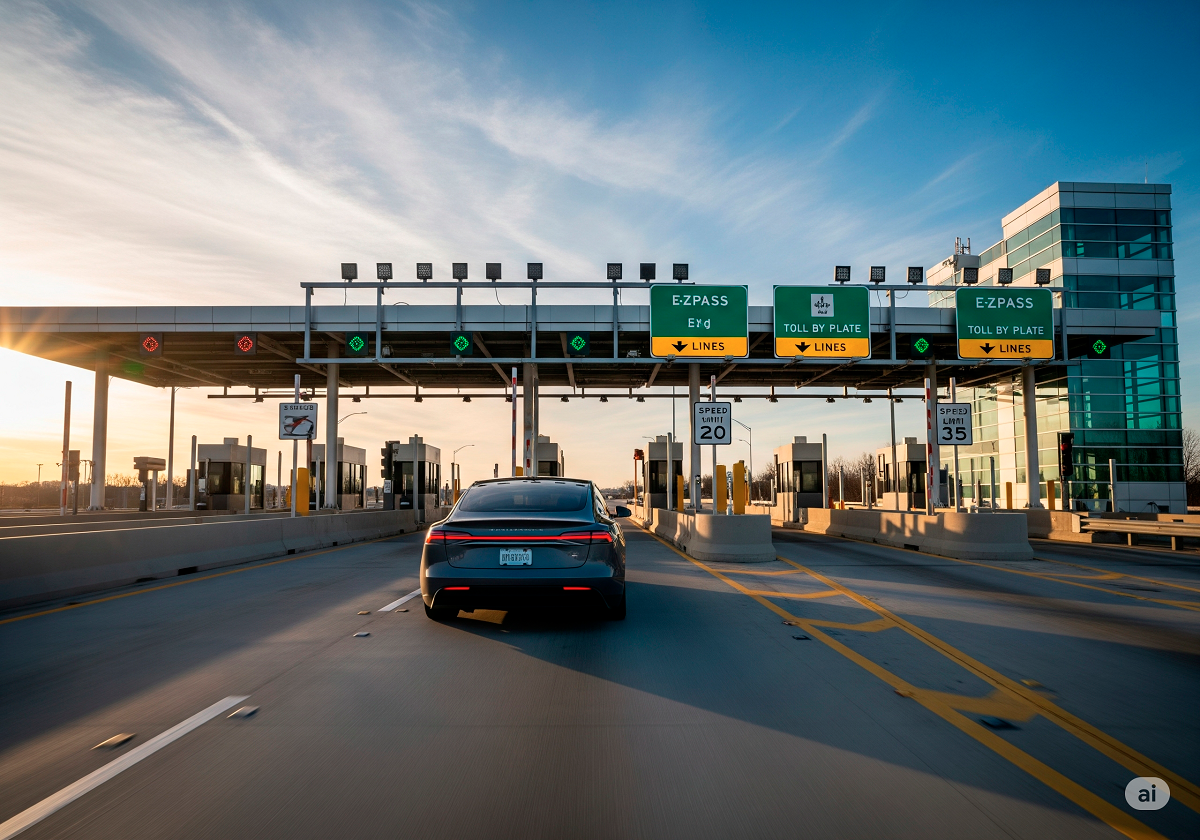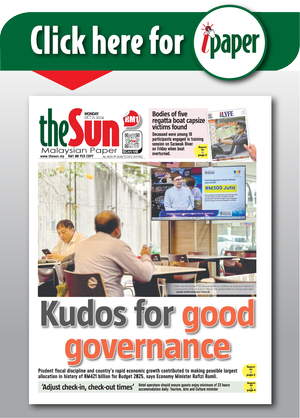PETALING JAYA: The government aims to implement a nationwide Multi-Lane Free Flow (MLFF) toll system within two years, starting with the pilot deployment of a new Automated Number Plate Recognition (ANPR) technology that boasts a 99.98% detection accuracy.
A new toll collection system being piloted on Malaysian highways boasts a 99.98% detection accuracy, using advanced number plate recognition and vehicle-matching technology that the government says leaves “very little room to escape.”
The Automated Number Plate Recognition (ANPR) system, now undergoing pilot testing at 13 toll plazas across 35 lanes under PLUS Malaysia Berhad, uses high-definition cameras and AI to identify vehicles and charge tolls without the need for boom gates or lane barriers.
“This is a very tight system. Even if your number plate is unreadable, we’ll still track you down. There’s almost no way to avoid detection,” said Works Minister Datuk Seri Alexander Nanta Linggi at a media briefing and live demonstration today.
The system not only reads licence plates, but also cross-verifies them with the vehicle’s make and model. This allows it to flag plate cloning attempts and mismatched registrations.
“If a plate doesn’t match the vehicle’s shape or registered data, the system flags it.
“Fake plates don’t match the vehicle body. We’ll know. We have methods to trace the real owner,” Nanta explained.
For rare cases where detection fails due to obscured or damaged plates, ANPR is supported by manual verification and artificial intelligence.
Non-compliant “fancy plates,” which include decorative fonts or small lettering, remain illegal and could face enforcement action.
“If it’s a fancy plate, you could be fined under existing laws. And we may ask you to change it,” he added.
The pilot system is integrated with JustGo, a newly introduced digital platform where users can register their vehicle details and preferred payment methods.
The platform supports credit cards, debit cards, and e-wallets including Touch ‘n Go. Users can also link multiple accounts, enabling the system to automatically deduct from the next available source if the first fails.
“If none of your accounts have sufficient balance, we’ll still detect the vehicle and follow up. You can’t run,” he said.
“There will be no toll gates, no boom barriers. Just seamless flow.
“This system allows you to pass through any lane, at any speed,” Nanta further explained.
He said he personally tested the system earlier in the day and described the experience as “significantly faster” than existing toll methods.
He also clarified that ANPR is not yet the full Multi-Lane Free Flow (MLFF) model but serves as a foundational component.
“There are 13 toll plazas involved in the pilot right now. We expect to determine the system’s readiness by September or October this year,” he said, adding that the entire project is led by the private sector without any financial burden to the government.









